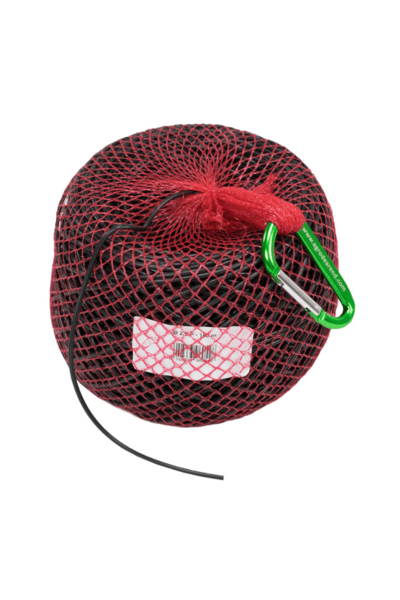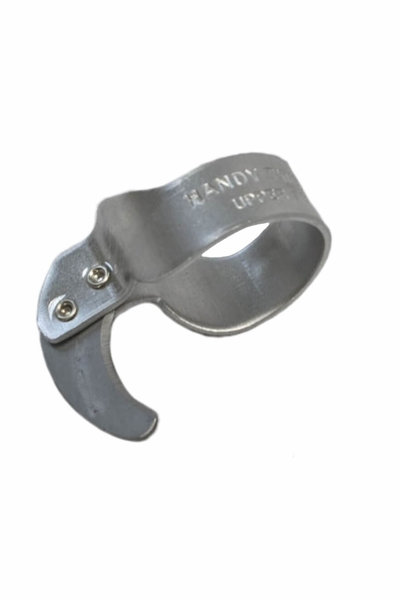Young Paperbush | Edgeworthia chrysantha
In February and March, you can enjoy golden-yellow flowers in your garden. This is possible with the Edgeworthia chrysantha.
Discount!
- Quantity Discount Per piece
- -10% €43,88 Incl. VAT
Guaranteed damage-free delivery
Free shipping from €150,- (International)
Can be planted throughout the year
Characteristic
Edgeworthia chrysantha, also known as Paperbush, is a small tree or shrub that is distinctive for its striking blooms.
The Leaf
The leaf of the Young Paperbush, scientifically known as Edgeworthia chrysantha, is striking and attractive due to its texture and color. The leaves are elongated and lanceolate, usually about 10-15 cm long. They are green and have a lightly hairy texture, giving them a soft appearance. The leaf veins are clearly visible, giving the leaf a beautiful structure.
Autumn Coloring
Although the Young Paperbush is known for its evergreen leaves, it can exhibit a subtle discoloration in autumn under certain conditions. The leaves can take on a light yellow to orange hue before eventually falling off.
Blooming
However, the most remarkable feature of Edgeworthia chrysantha is its flowering. As early as autumn, the flower buds are visible, which open up in the months of February-March. The flowers are located at the ends of almost every branch and are golden yellow.
Fruits
After blooming, green-purple berries appear on the faded flower clusters. The fruits are not edible and are also called stone fruits due to the hard pit in the middle.
The Bark
The Paperbush owes its name to the bark. In the past, the bark of the Paperbush was used to make high-quality paper.
Location
Edgeworthia chrysantha prefers a sunny to semi-shaded location and well-draining soil with sufficient nutrients.
Wind Resistance
Due to its thin leaves, Edgeworthia chrysantha is moderately wind-resistant.
Frost / Cold Wind
The Paperbush also does not tolerate severe frost or cold wind. For this reason, it is advisable to plant it in a sheltered location or cover it during severe frost.
How to plant the tree?
- Determine the final location of the tree and ensure it is free from cables, debris, old plants, and other obstacles that may hinder the tree's growth.
- Dig a planting hole that is twice the width of the root ball. Loosen the soil at the bottom of the planting hole and mix the excavated soil with (organic) garden soil or planting substrate.
- Adjust the planting hole to the height where the root ball fits and firmly press the soil.
- Fill the planting hole with water and wait for it to settle. Check if the root ball is sufficiently moist.
- Place the tree or plant in the planting hole. It is extremely important that the tree is not planted too deep, as this can cause root rot.
- Insert a tree stake or bamboo stake firmly into the ground on the side of the tree where the most wind comes from.
- Now, place the watering ring or create a mound of soil around the tree so that water can seep into the ground.
Why Choose a Young Tree from Amitis
- Easy to plant yourself due to the compact size and light weight
- Conveniently delivered to your home in a sturdy packaging
- Experience the growth and development of your own tree
- Easy to maintain
- Cultivate the size and growth form you are looking for
- Attain mature size within a short time
- Can be planted year-round as everything is delivered in pots
- No root loss and better chances of establishment as everything is pot-grown
- Cost-effective purchase
- Fresh, healthy plants directly from the grower
Questions?
Want to know more about pruning? Read our page on tree maintenance! Feel free to contact us; we are happy to assist!
Specifications
-
Mature Height
1-2 meters -
Flower color
Yellow -
Flowering months
February-March -
Location
Sun-semi shade -
Fruits
Berries -
Evergreen
Not wintergreen -
Winter hardiness
Moderately winter-hardy -
Leaf color in summer
Green -
Leaf color in autumn
Yellow
Reviews













